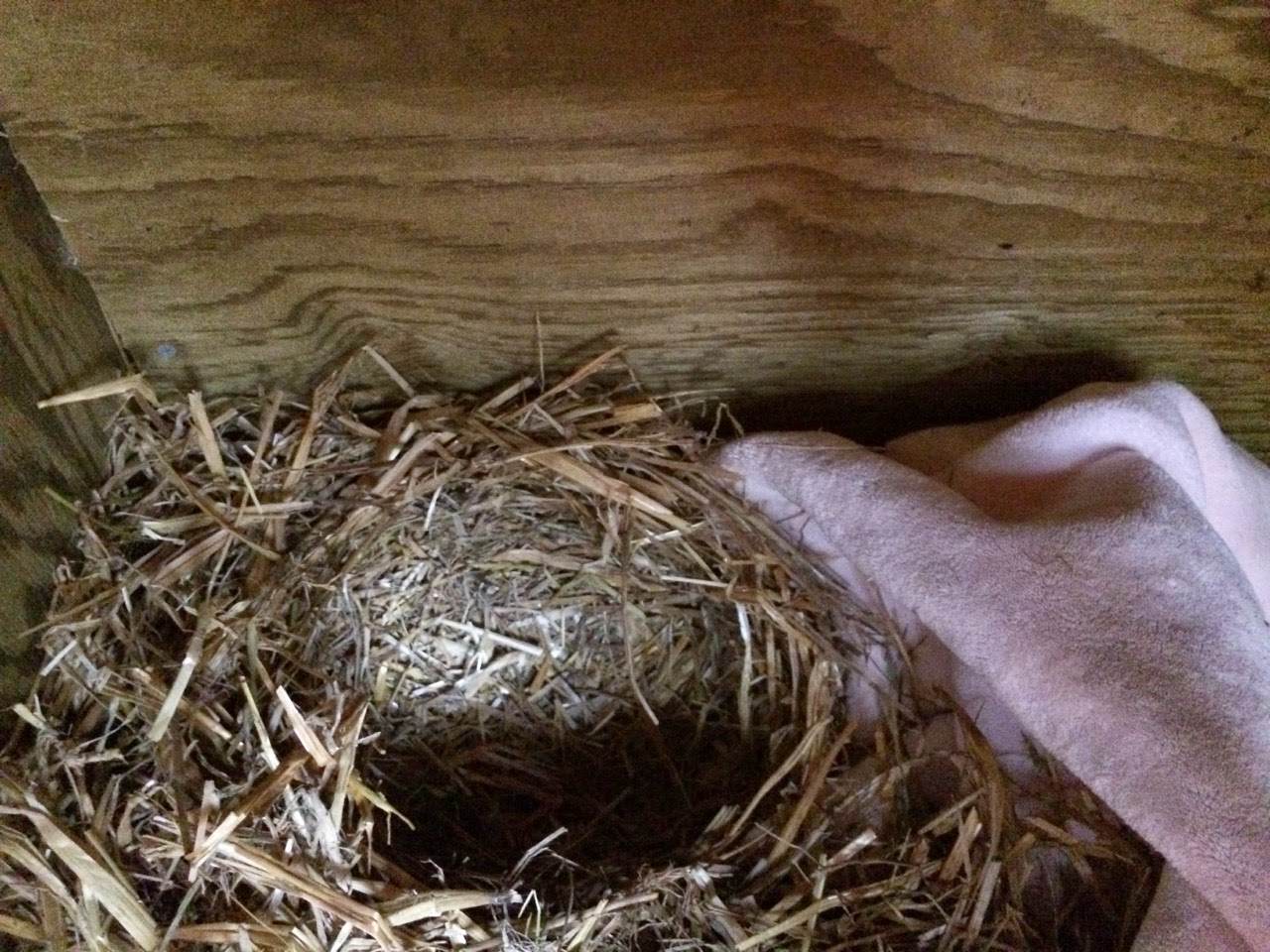What’s going on with the wild population of Red Wolves right now?
The U.S. Fish and Wildlife Service (USFW) has announced that it is dramatically scaling back the recovery program for endangered Red Wolves, the most endangered wolf in the world, ceasing to reintroduce additional wolves from captivity into the wild. This backward step from USFW comes as the Service conducts another review of the Red Wolf program, despite the fact that a recent Service-requested review of the program by the independent Wildlife Management Institute found it was successful in many ways and needed to be expanded. Last year the Service suddenly eliminated the position of recovery coordinator for the program.
“More study of the Red Wolf recovery program is not needed — we know how to recover and restore Red Wolves to the landscape,” said Brett Hartl, endangered species policy director at the Center for Biological Diversity.
Brief history of the program
The red wolf reintroduction program has long been considered one of the world’s most innovative and successful programs to restore a critically endangered carnivore species. The species was declared endangered in 1973 and, in a final attempt to save it, the only remaining 17 wild Red Wolves were captured for captive breeding. In 1980, the Red Wolf was declared extinct in the wild. Four breeding pairs were released in North Carolina’s Alligator River National Wildlife Refuge in 1987, with an objective of obtaining 35 to 50 wolves in the wild. From this first generation, the population grew to over 100 animals, but is currently at its lowest in many years with only 50-75 animals. In addition to a small island site housing 2 Red Wolves, this swampy stronghold is the only place in the world where endangered Red Wolves roam free.
Attacks on the Red Wolf recovery program
As the population has grown, the recovery program has faced increasing scrutiny and attacks from some unlikely foes. As of January 2015, the North Carolina Wildlife Resources Commission recently passed two resolutions that requested the USFWS end the Red Wolf Recovery Program and capture and remove all Red Wolves from private lands. This resolution threatens the very existence of the species. Over 27 years of recovery would be halted, and the species would once again go extinct in the wild. The reasons cited by the NCWRC are that the Recovery Program has been a failure, the wolves are hybridizing with coyotes, and sea level rise will force the wolves onto private lands. The latter is ironic since the state of North Carolina does not recognize the reality of climate change and passed a law banning any discussion on sea level rise until 2016. Yes, Red Wolves can breed with coyotes, but the program has developed a very unique and successful “place holder” system which eliminates hybridization. While the Red Wolf Recovery program is generally supported by the public, a small but vocal group of anti-wildlife activists has demanded it be scaled back as well.
“What is needed right now is real leadership from the Fish and Wildlife Service to reintroduce more wolves in more places in the Southeast — and for the agency to stop appeasing radical right-wing elements in North Carolina that despise wildlife and want to see the Endangered Species Act repealed,” says Hartl.
The North Carolina Wildlife Resources Commission says that it’s too challenging, too expensive, too contentious, and too late to protect the Red Wolf. Well, welcome to conservation.
Conservation is inherently challenging, but since when has that stopped us? What if we had given up on the grizzly, the gray wolf, or the bald eagle? Can you imagine having our national symbol relegated to a mere picture on the back of a quarter?
In 2007, the last year the data was compiled, a total of $1.4 million in federal money was spent on Red Wolf conservation efforts. This is less than 1% of what was spent on all endangered mammals combined. Compare that to the bald eagle, a recovered and delisted species, which cost $9.5 million. And just guess how much the state of North Carolina spent on red wolf recovery in 2007? A paltry and embarrassing $1,523. That’s roughly $15 per wild Red Wolf for the entire year. The 2014 Wildlife Management Institute report concluded that if the wolf was going to recover, at least two additional populations would need to be established, and the Service would need to spend more resources to build local stakeholder support for the Red Wolf recovery program.
It’s not too late for the wild population of 50-75 Red Wolves in northeastern North Carolina. Do you think the Red Wolf wishes to pace the confines of a pen alone as the last member of its species? Is this the future we want for the world’s most endangered wolf? The Red Wolf will fight for its existence, and so must we. It’s never too late to try. We must not lose hope, because this is one wound we can heal.
What can be done?
When the first Red Wolf recovery coordinator, Curtis Carley, started this adventure, he stated, “ The Red Wolf was 99 miles down a 100 mile road to extinction”.
We don’t ever want to get to that place again.
We must react to save the Red Wolf.
Make your voice heard.
Public comments are crucial.
HOWL FOR RED WOLVES! - let the U.S. Fish and Wildlife Service know that Red Wolves deserve protection and the Recovery Program needs to be continued and expanded.
Email comments to Cynthia Dohner, Southeast Regional Director of the U.S. Fish & Wildlife Service, at cynthia_dohner@fws.gov and
Dan Ashe, Director of the U.S. Fish & Wildlife Service, at dan_ashe@fws.gov.







